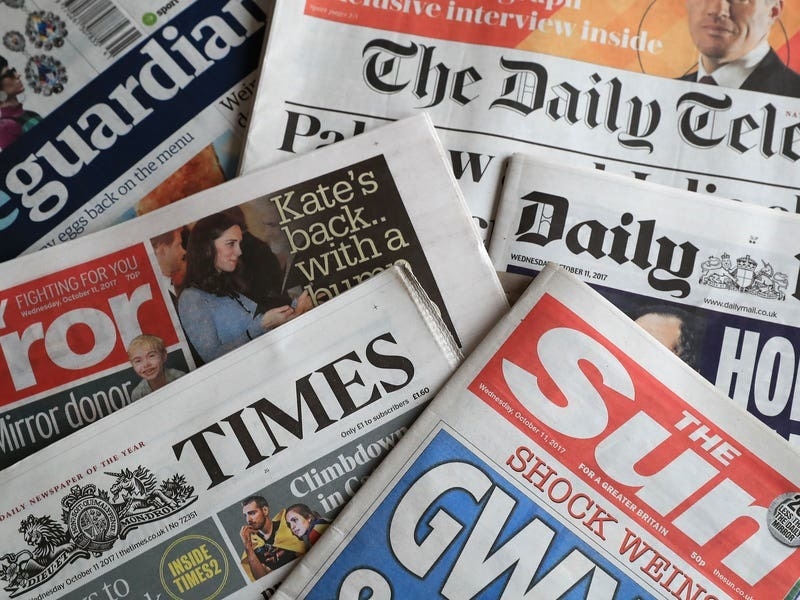Ofcom could allow broadcasters like ITV, Channel 4 and Channel 5 to show more adverts after provisionally concluding its current restrictions are no longer “justified or proportionate”.
Public service broadcasters (PSBs) must currently adhere to stricter rules compared to their private rivals, with their advertising limited to an average of seven minutes per hour across the day – apart from peak times where they can show slightly more.
Non-PSB commercial channels, such as ITV2, 5USA and Pick, are allowed nine minutes for advertising and an extra three for teleshopping.
We are seeking views on whether advertising scheduling rules should apply equally to all UK TV channels.
For more information visit our news centre:https://t.co/yj1HJasaJq pic.twitter.com/CxOO1MfvGz
— Ofcom (@Ofcom) April 19, 2023
The broadcasting watchdog said on Wednesday it was seeking views on whether to remove “some or all” of the tighter restrictions, which were introduced more than 30 years ago.
It comes as UK broadcasters face growing competition from streaming giants such as Netflix, Amazon Prime Video and Disney+ in terms of viewing figures and programme commissions.
The move may result in the rules for PSBs being brought in line with the private channels.
A second option, preferred by Ofcom, would see them brought in line while “retaining safeguards that limit the number of internal breaks allowed in programmes”.
Ofcom said it was also considering maintaining the status quo.
Industry group Coba, which represents commercial broadcasters in the UK, said the move could increase the amount of advertising on PSBs by up to 850 hours per year.
Adam Minns, its executive director, said: “It is hard not to draw the conclusion that Ofcom has asked audiences for their views and then, when it did not like the answer, gone out of its way to try to persuade them they are wrong.
“To do this, the regulator has used an argument that no financial analysis – including its own – supports.
“It is deeply concerning that a regulator that has always prided itself on being evidence led has come to this conclusion.”
Ofcom said giving PSBs the same freedoms as their private rivals would not “significantly” impact the range of services or “materially affect” audiences’ perceptions of their quality.
It said the move could also strengthen their commercial position as they transition to digital.
However, the watchdog said its findings suggest an increase in ad breaks would be “more of a concern” to viewers.






